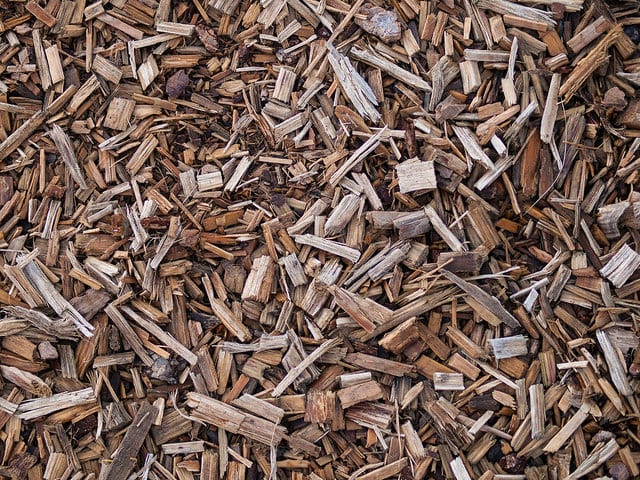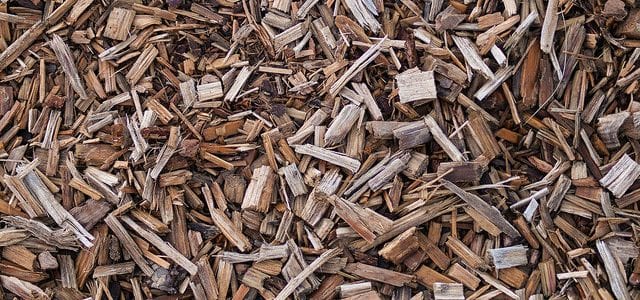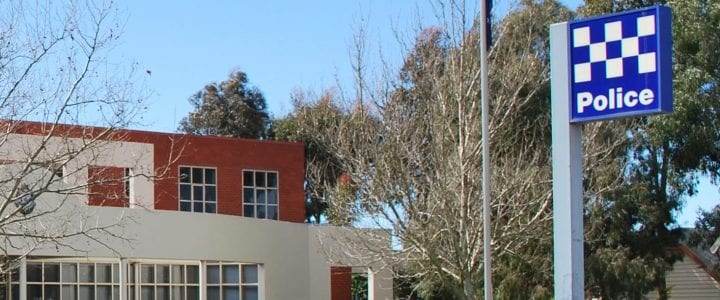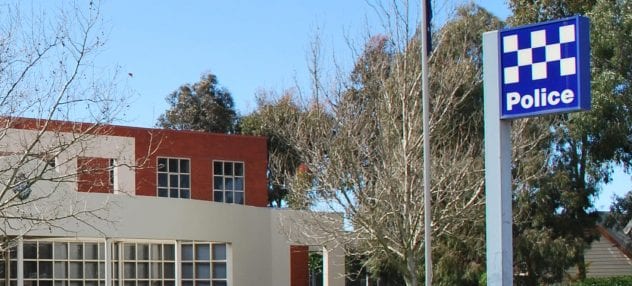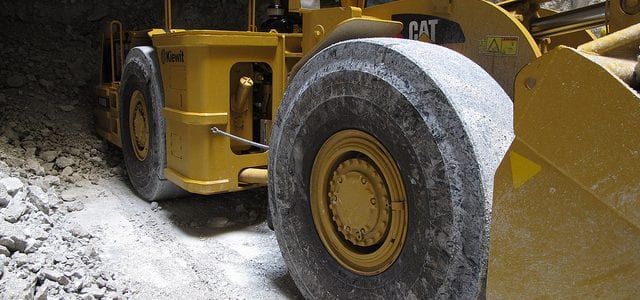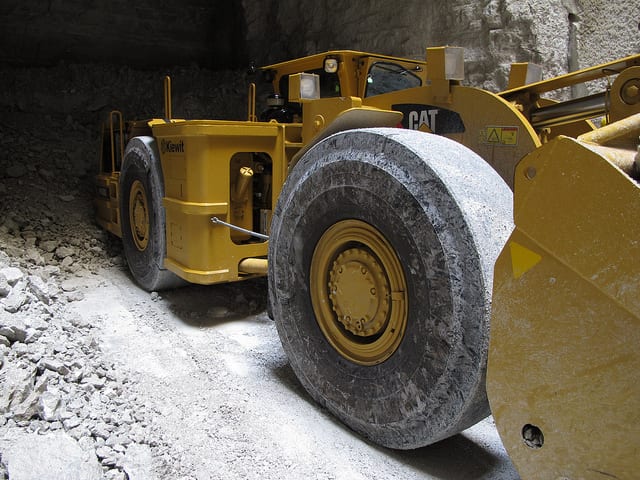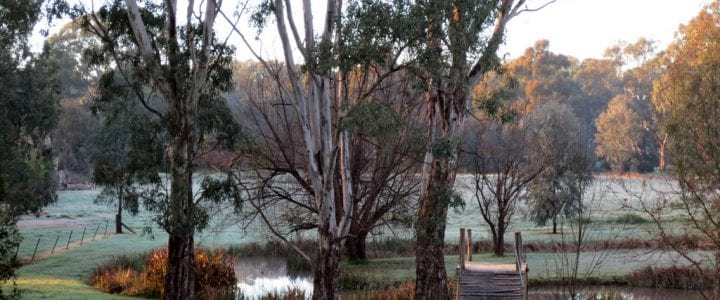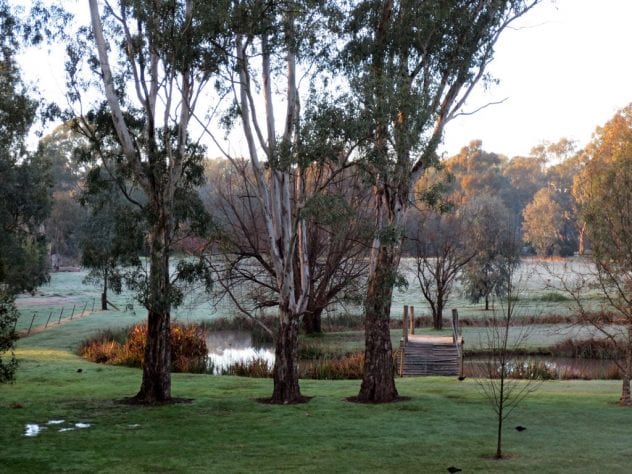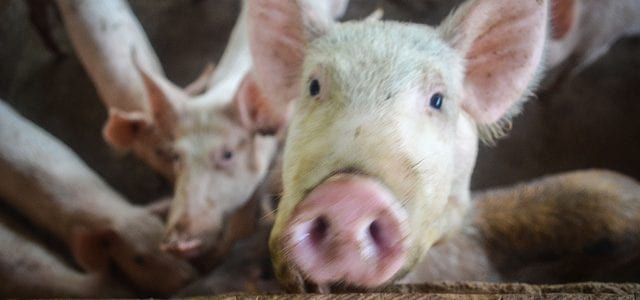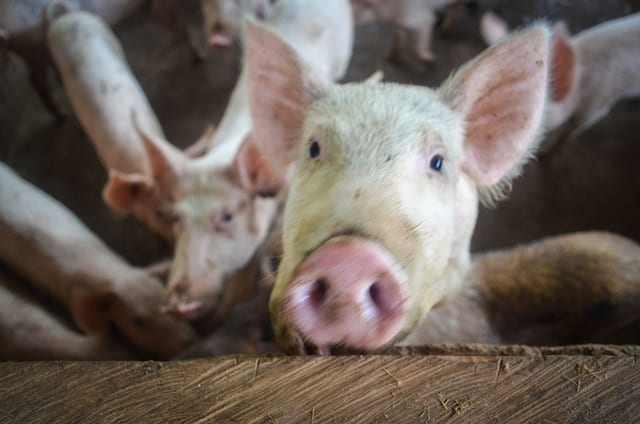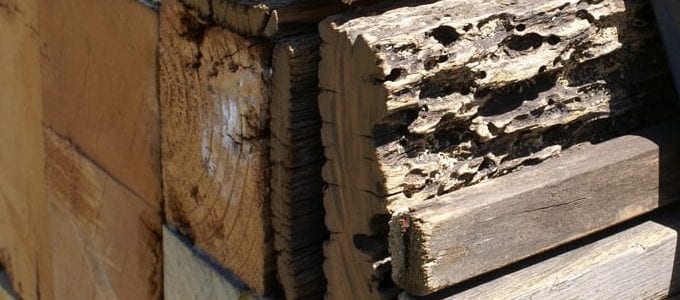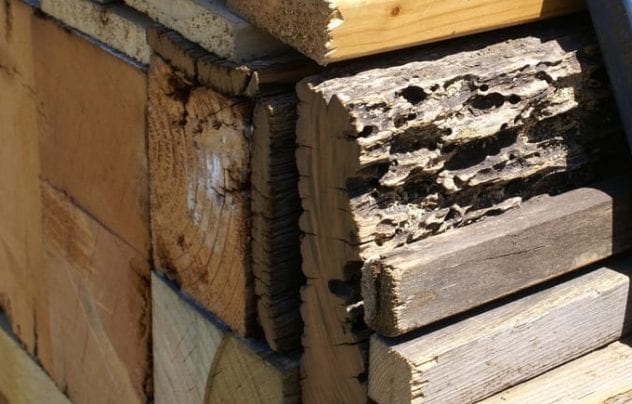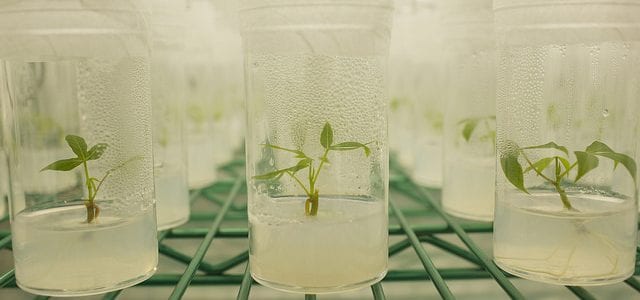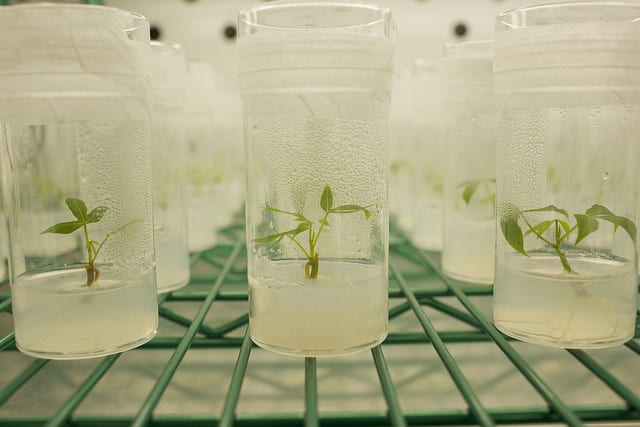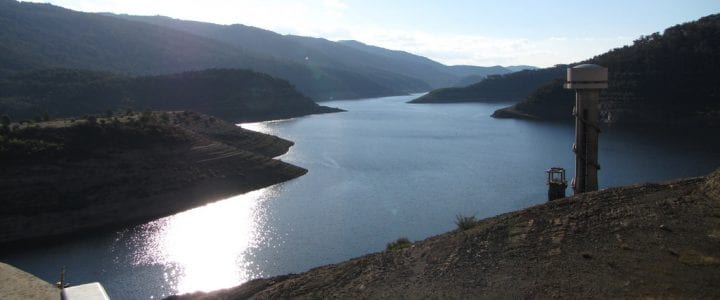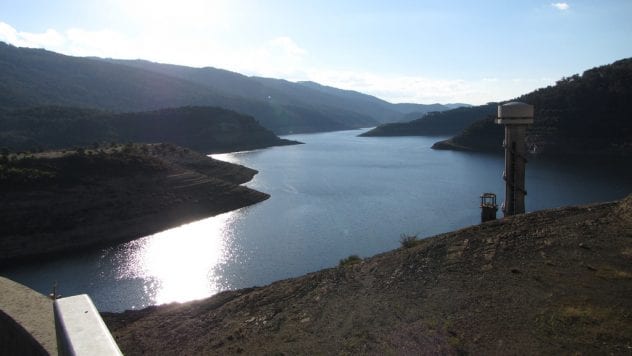Paid Internship in India
Project title: Business Plan for a Sustainability Market-intelligence Service
Industry partner: cKinetics is a mission driven Sustainability Insight, Innovation & Capital Advisory firm with offices in New Delhi, India and California, USA. The company works with clients and partners globally to develop solutions that are both sustainable and profitable.
Project aim: cKinetics is planning to launch a new division that will provide sustainability-related market-intelligence services. This would seek to provide professionals with research updates on different sustainability segments, e.g. sustainable energy, sustainable agriculture, waste-water reuse, circular economy systems, materials, etc. This is built on some pilot experiences that cKinetics has constructed in the last few years.
cKinetics India is seeking two interns who could help to conduct the following research:
- Identify the different target audiences with a fair degree of specificity (this will be a global product). This would entail conducting primary interviews
- Frame the market intelligence product offerings (typical content, value proposition, characteristics, price, and viability)
- Size the market for different audience segments and different geographies
- Analyze the competitive landscape
- Build a go-to-market approach
- Identify a team profile / expertise required to deliver this (will require framing job descriptions and identifying possible candidates)
- Create financial projections for the next 2-3 years.
At the end of the project, the business case would be presented to the cKinetics management.
Benefits:
- Be guided by an academic supervisor and gain course credits (12 or 24CPs)
- Monthly stipend of US$500
- Internationalise your resume and gain a competitive edge in the global job market
- Create memories that will last a lifetime.
Work Method:
- Students are required to conduct the research in the New Delhi office during the summer semester (November – February).
- If students enrol in a course for summer semester, they will get assistance from an academic staff and gain course credits. They will also be supported by cKinetics staff while they are in India.
Intern Selection criteria:
- Postgraduate or Honours students are preferred
- Self-directed and highly motivated
- Research skills
- Experience in conducting marketing campaigns or developing new markets would be desirable.

IMAGE: tec_estromberg. database plan. Flickr.com. https://www.flickr.com/photos/92334668@N07/11122773785/ This work is licensed under a Creative Commons Attribution 2.0 Generic Licence.
